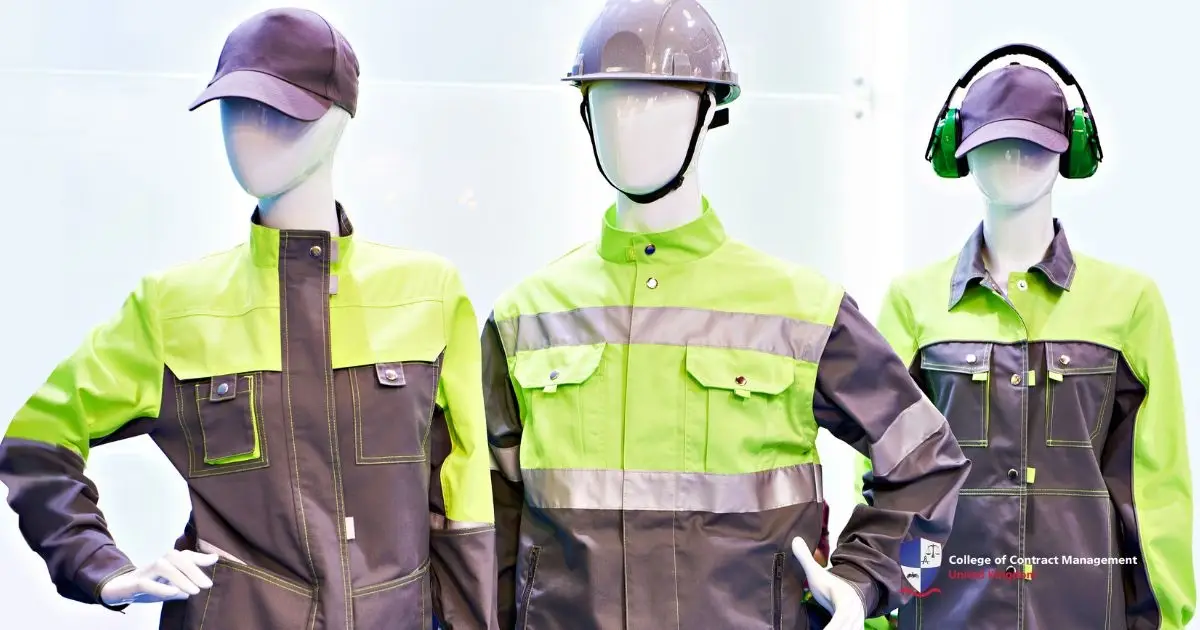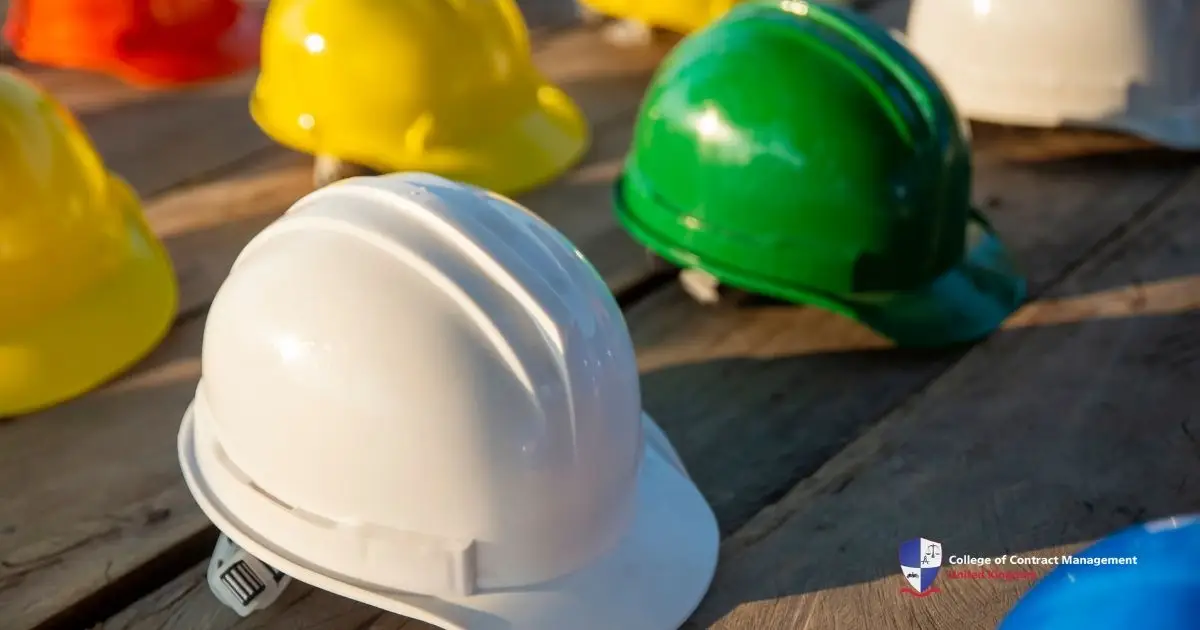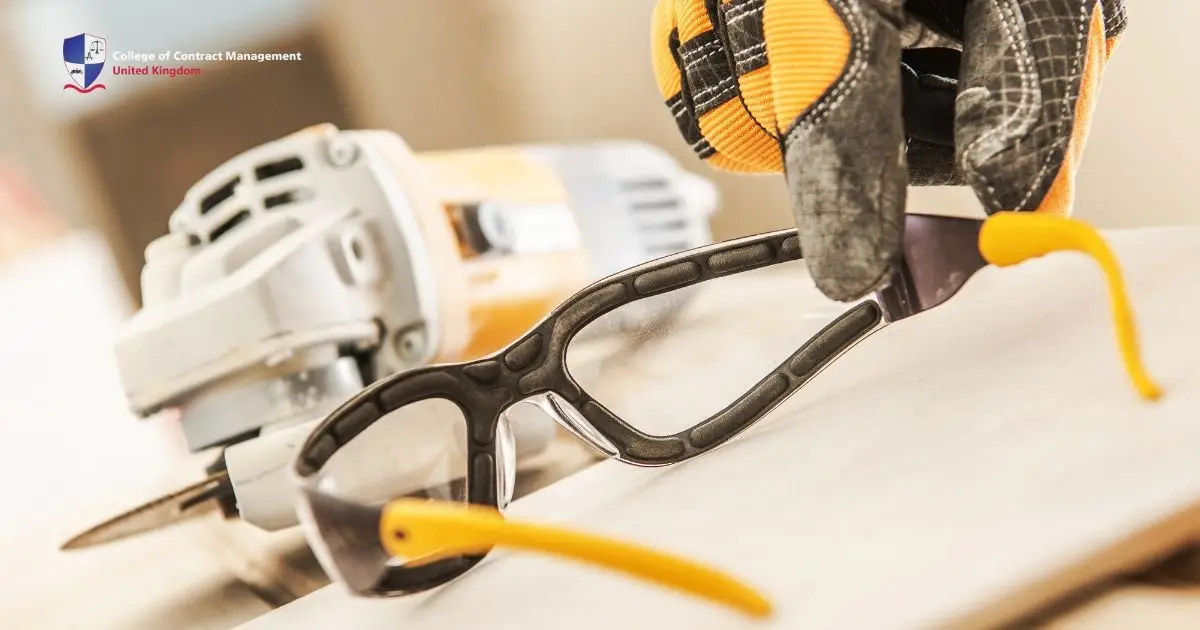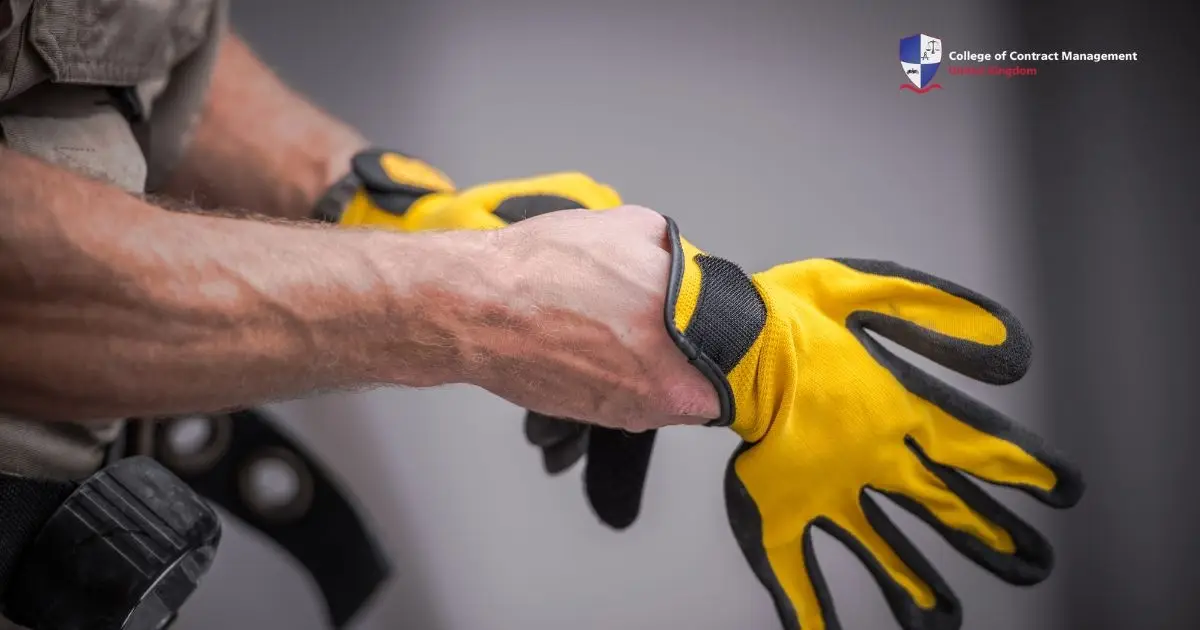Construction is a tough gig in the UK, no doubt about it. Every day, workers are up against harsh weather, heavy materials, and some pretty dangerous equipment. Because of this, work clothes are way more than just a uniform—they’re crucial for keeping everyone safe. So, let’s dive into what the rules are for construction workwear. It’s not just about looking the part; it’s all about protecting yourself on the job.
This blog will discuss the basics of work clothes regulations in UK construction. You'll learn how it relates to risk management and keeps up with occupational health and safety. These topics are crucial for ensuring everyone stays safe while working. You'll find it's all pretty straightforward, and understanding these rules can help keep you and your crew protected on the job!
What are work clothes regulations in the UK?
In the UK, there are strict laws about work clothes—rules designed to protect workers from injuries. These regulations require workers to wear the right protective gear for their specific job. This way, they can avoid accidents as they perform work duties. This, in turn, will keep them safe while they work and create a better work environment for all.
The main law that covers this is the Personal Protective Equipment at Work Regulations 1992. It states that employers must provide free protective equipment for workers if there is a risk to their safety. This includes helmets, gloves, high-visibility vests, and steel-toe boots. It's an especially important thing to look out for when having a construction-related career.
Importance of work clothes in construction
Wearing the right work clothes isn’t just about following the law. It’s also about comfort and safety. The right gear helps you do your job better and shows your employer that you care a lot about your work. Besides that, dressing appropriately can even boost your confidence. You'll feel a lot more ready to take on challenges at work when you have the right clothing on you.
Thus, when you pick out your work clothes, think about what you need. In the end, it makes a real difference in how you feel each day. It can mean the difference between life and death on a construction site.
How work clothes help avoid construction accidents
Construction sites have a lot of hazards. There are risks brought by handling abrasive substances, risks from falling objects, and even electrical shocks. Without the right work clothes, workers face a much higher chance of getting hurt. This makes it super important to wear appropriate gear. It’s not just about looking good; it’s about staying safe. The right work attire can help prevent serious injuries. So, make sure to stay protected out there. Here’s why safety gear is crucial:
- Prevents accidents: High-visibility vests make sure workers are seen.
- Reduces injury severity: Helmets protect against head trauma.
- Ensures comfort: Proper clothing keeps workers warm in winter and cool in summer.
- Boosts efficiency: When workers feel safe, they perform better.
In many construction firms, workers need to stick to a dress code. For example, they might have to wear long sleeves. Additionally, flame-resistant fabrics are often required. This helps keep everyone safe on site. So, while it might seem strict, it’s all about extra protection. Ultimately, it’s a smart move for safety!
Key requirements for work clothes on construction sites
Every construction site is unique, right? Because of that, there are various risks involved. For instance, one site might have heavy machinery, while another could have unstable ground. Weather conditions can also change quickly. Therefore, it's super important to identify potential hazards early on. This way, everyone can stay safe and enjoy a smooth working day. These are the standard work clothes required by law:
- Hard hats: Protect the head from falling objects.
- High-visibility clothing: Ensures workers can be seen in low-light conditions.
- Steel-toe boots: Shields feet from heavy objects and sharp materials.
- Gloves: Protect hands from cuts, burns, and chemicals.
- Eye protection: Safety glasses or goggles to prevent debris from entering the eyes.
Employers need to make sure that all protective gear is in good shape. After all, safety comes first. For this reason, workers need proper training on how to wear and look after their work clothes. By doing this, everyone stays safe and comfortable. So, let’s keep everything in top condition together.
How work clothes support risk management in construction
Construction work can be pretty risky, so it’s really important to manage construction risks. With the right work clothes, you can keep yourself protected and encourage safety for yourself and your co-workers as well. But to know which types of clothing and safety equipment you have at the ready, there are certain steps you should do first:
- Identifying hazards: Spotting potential dangers, like loose scaffolding or exposed wiring.
- Assessing risks: Determining how likely an accident is and how severe it could be.
- Implementing controls: Taking steps to reduce risks, such as providing protective work clothes.
- Monitoring and reviewing: Checking if safety measures are working and making improvements.
By following these simple steps, construction companies can create a safer work environment for everyone involved. This, paired with regular safety meetings and ensuring workers obtain proper training, lessens the chances of accidents and avoids pushing back project completion.
Maximising safety through proper training and work clothes
Now that you're well aware of the purpose of work clothes, the next step is to ensure you have the training for it. If you’re thinking about a career in construction, it's really important to get the right education, be it for work safety or simply just to upskill. Luckily, the College of Contract Management has plenty of courses to suit your needs. These courses can help you gain the skills you need for a successful career. So, why not explore your options? You might just find the perfect pathway to kick-start your construction journey.
The College offers a fantastic range of training courses that focus on construction management, site safety, and engineering. You’ll learn the essentials to succeed in these fields. For this reason, the hands-on approach helps you grasp the concepts. So, whether you’re just starting or looking to sharpen your skills, there’s something here for everyone. These courses include:
- Occupational Health & Safety Management: Learn how to oversee construction projects.
- Ladder Safety: Gain knowledge of safety practices when dealing with building projects requiring ladder use.
- Site Management: Gain skills to manage construction sites and oversee construction workers effectively.
- Structural Engineering: Study how to design buildings that are safe and hazard-free.
If you want to jump into the industry, taking some courses at the College of Contract Management is a great idea. It’s straightforward and really helpful. Lastly, you’ll pick up the skills you need along the way. So, why not give it a go? It could open up some exciting opportunities for you!
Improve workplace safety with the CCM!
Work clothes play a vital role in keeping everyone safe in the UK construction industry. It’s not just about looking the part; it’s about protecting yourself from potential hazards. By following the regulations and wearing the right equipment, you can help prevent injuries and stay secure on site. So, don't overlook this aspect. Make sure you're always kitted out in appropriate workwear—it'll give you the confidence to face and conquer the workday.
If you're considering a career in construction, it’s important to know that safety isn’t just about gear. Understanding risk management and occupational health is key, too. Fortunately, you can get ahead with courses from the College of Contract Management. They offer training that equips you with essential skills needed in the industry. So, why wait? Start your journey today. Dive into the numerous opportunities that a career in construction can offer. It’s an exciting field with plenty of chances for growth.





